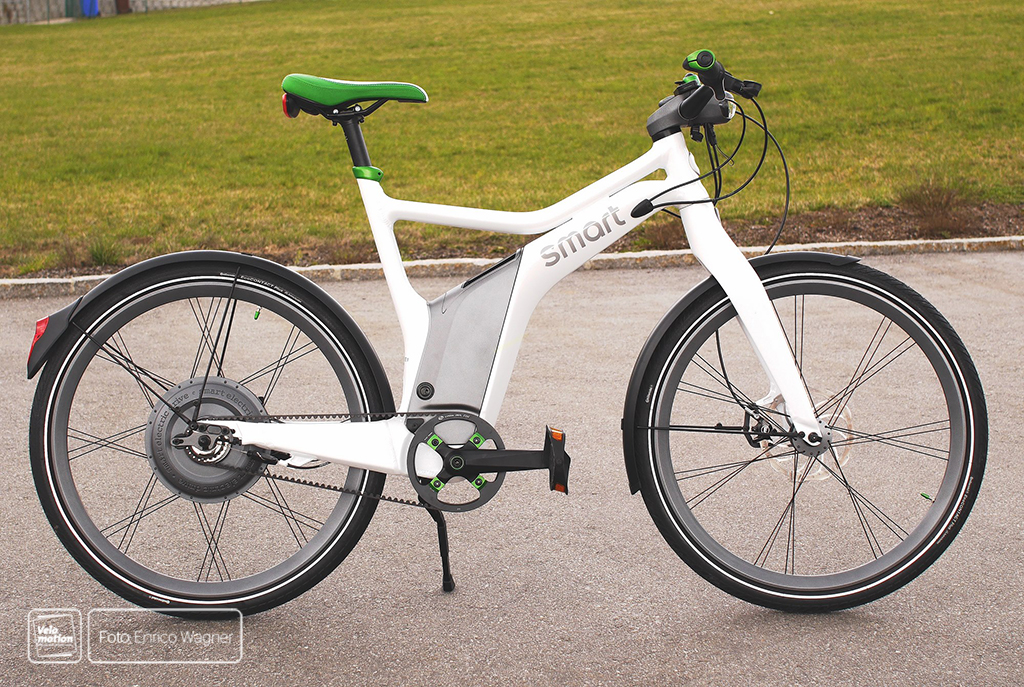
Test: Die Autoindustrie versucht sich immer wieder an der Entwicklung von Fahrrädern. Man sollte meinen, dass sie dabei leichtes Spiel hat, und in der Tat kommen immer wieder optisch interessante Zweiräder ans Licht.
Das E-Bike von Smart ist ein gutes Beispiel: Der Aluminiumrahmen weicht deutlich vom Gewohnten ab mit der nach vorne gewölbten Gabel und dem auf die Kettenstreben reduzierten Hinterbau. Apropos: Eine Kette hat dieses Rad nicht, sondern einen Zahnriemenantrieb – gut, weil wartungsfrei und verschmutzungsarm, und natürlich auch irgendwie automäßig.
Der perfekt in den Rahmen eingepasste, abnehmbare Akku lässt die Frage aufkommen, warum nicht auch die „richtigen“ Radhersteller in maßgeschneiderte Stromspeicher investieren – doch vielleicht liegt ja die Antwort in diesem Wort. Geld in die Entwicklung zu stecken dürfte dem Daimler-Konzern leichter fallen als so manchem Radhersteller.
Integrierte Frontleuchte, Zuginnenverlegung und Scheibenbremsen ernten ein anerkennendes Nicken, bevor es ans Eingemachte geht. Klar, der bekannte BionX-Nabenmotor ist auch am Smart eine verlässliche, kräftige und geschmeidig ansprechende Unterstützung – doch dass im Motorgehäuse eine Dreigangnabe steckt, ist nicht zeitgemäß, zumal nicht an einem Bike, das 2.900 Euro kostet. Auch das Gewicht um 26 Kilo will nicht so recht zum reduzierten Smart-Bike passen, das übrigens mit zusätzlichen Schutzblechen ausgeliefert wird. Gefederte E-Mountainbikes wiegen teilweise unter 20 Kilo, und selbst ein voll ausgestattetes Trekkingmodell ist in der Regel leichter als dieses Rad.
Letztlich kann man jedoch davon ausgehen, dass sich Smart mit dem Electric Bike nicht an die typische Fahrradladen-Kundschaft wendet; und da die Autobauer andere Vertriebskanäle nutzen, ist auch die Vergleichbarkeit mit anderen Modellen am „Point of sale“ nicht gegeben. Wer also vorm Autohaus ein paar Runden dreht und sich mit dem Rad anfreundet – warum nicht?
| Technische Daten: | Electric Bike |
| Marke | Smart |
| Modell | Electric Bike |
| Vertriebsweg | Smart Händler |
| Farbe | weiß und grau |
| Rahmen | Aluminium, smart design |
| erhältliche Größen (cm) | M |
| Pedale | Ergon PC2 |
| Naben | smart design |
| Dämpfer | – |
| Felgen | no name |
| Gabel (Federweg mm) | Alu, smart design |
| Motor | BionX 250 W |
| Akku | Li-Ion 423 Wh |
| Beleuchtung | Busch und Müller smart design |
| Griffe | Ergon GP1 |
| Kurbel | smart design Carbon Drive |
| Lenker | smart design |
| Bremsen | Magura MT 4 |
| Kette/Riemen | Gates Carbon Zahnriemen |
| Reifen | Continental EcoContact Plus, 47–559 |
| Sattel | smart design |
| Sattelstütze | no name |
| Schalthebel | Sram i-Motion 3 |
| Schaltung | Sram i-Motion 3 |
| Ständer/ Montageort | AtranVelo, Mitte |
| Umwerfer | – |
| Unterstützung bis km/h | 25 km/h |
| Preis Akku | 640 € |
| Garantie für Rahmen | 2 Jahre |
| Reichweite (Herstellerangabe) | ca. 100 km |
| Testreichweite (1) | 31 km |
| max. Beladung Fahrer+Gepäck (Herstellerfreigabe) in Kg | 114 |
| Gewicht Testrad in Kg | 26 |
| Preis in EUR | 2899 |
(1) Velomotion testet die Reichweite aller E-Bikes unter maximalen Bedingungen. Die Testrunde ist 9,8 km lang und mit 171 Höhenmetern sehr stark und teilweise sehr steil kupiert. Das Systemgewicht aus Rad und Fahrer soll bei 120 kg (± 5 kg) liegen. Leichtere Fahrer erhalten Zusatzgewichte. Gefahren wird auf maximaler Unterstützungsstufe und dabei auch sehr zügig. Nur so lassen sich ehrliche und vergleichbare Werte ermitteln. Sie können davon ausgehen, dass Sie auf einer mittleren Unterstützungsstufe und auf weniger welligem Terrain eine wenigstens doppelt so hohe Reichweite erzielen können.
Übrigens haben Sie bei den allermeisten Systemen eine kleine Reichweitenreserve ähnlich wie beim Auto. Selbst wenn der Akku 0 km anzeigt, sind noch ein bis fünf Kilometer bei moderater Fahrweise drin.

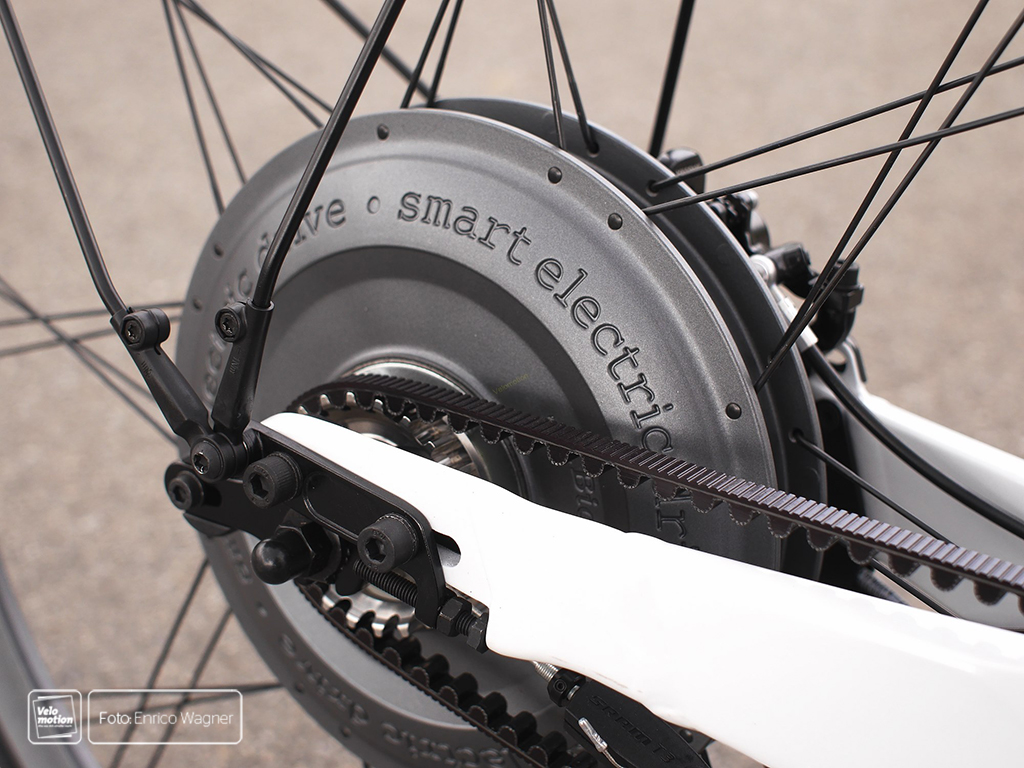
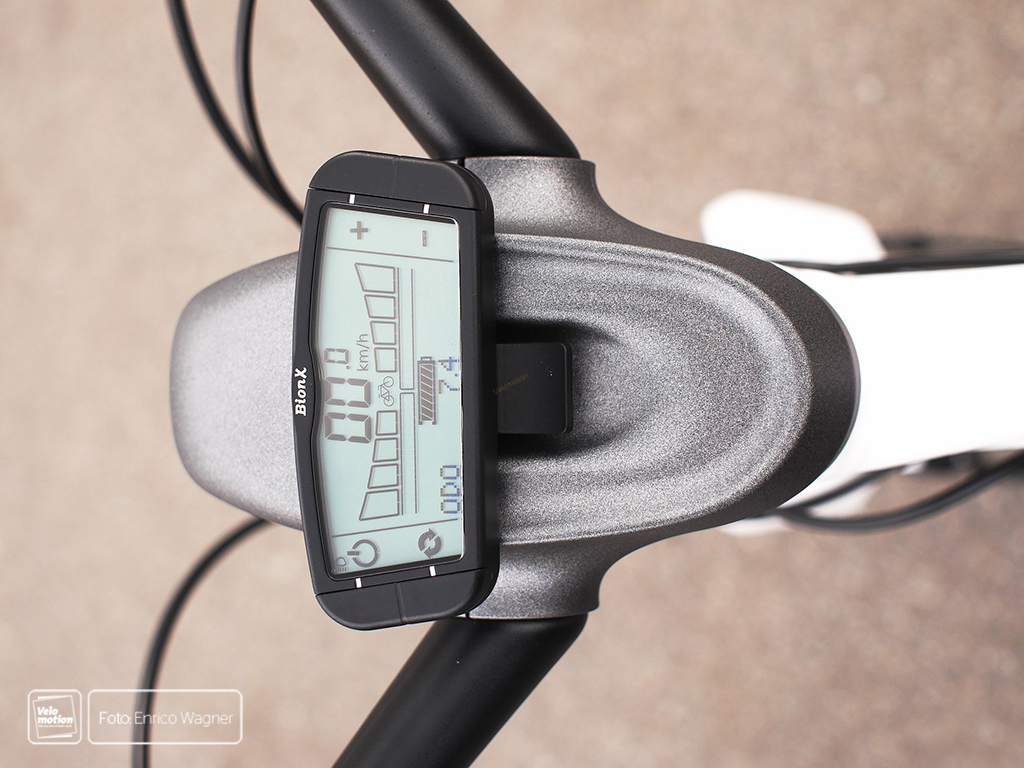

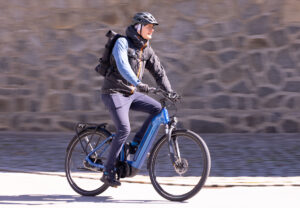
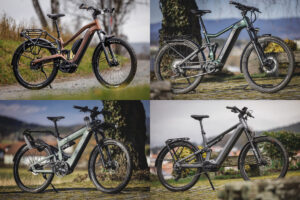





Schreibe einen Kommentar